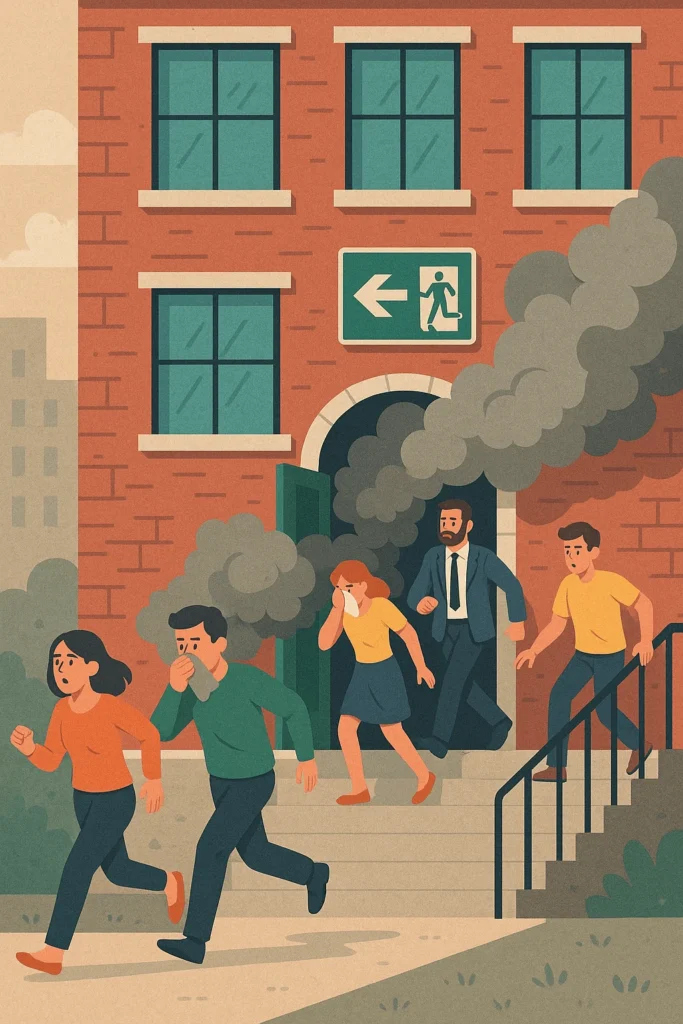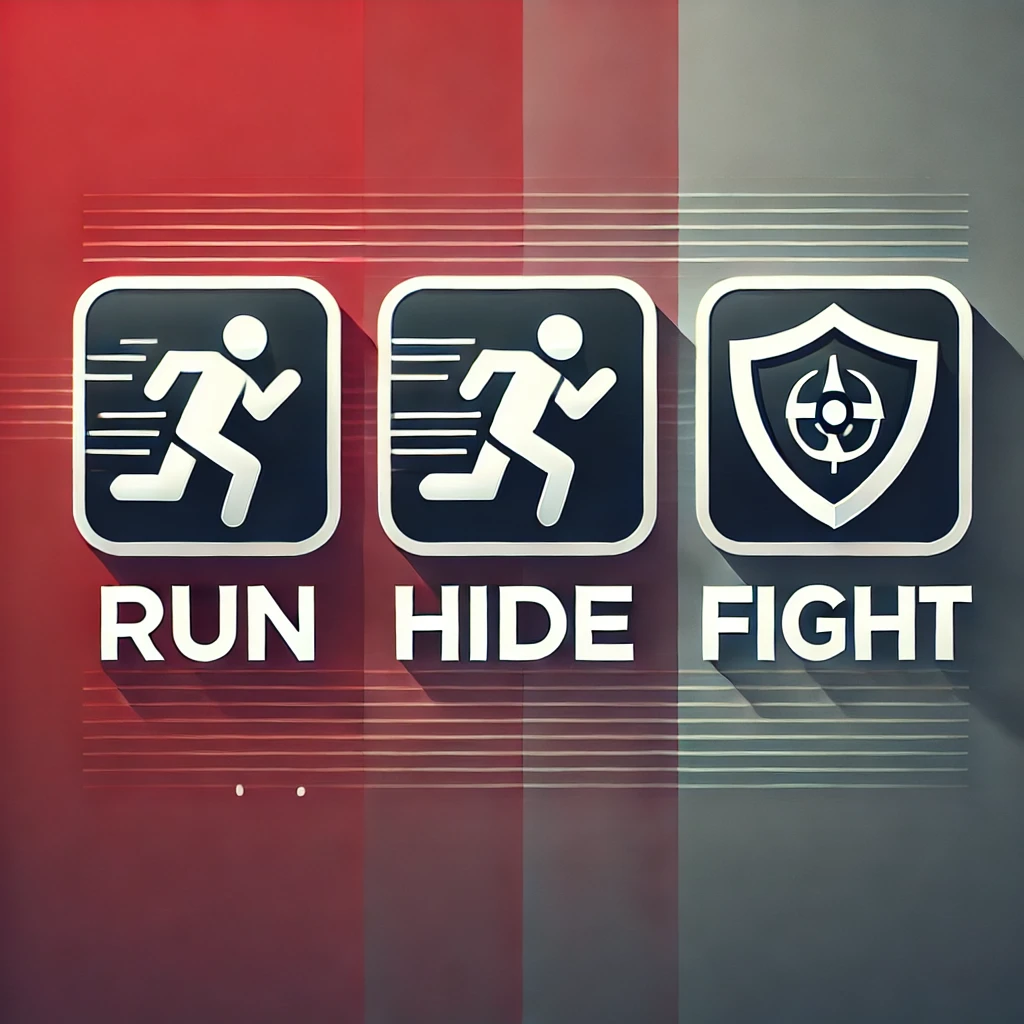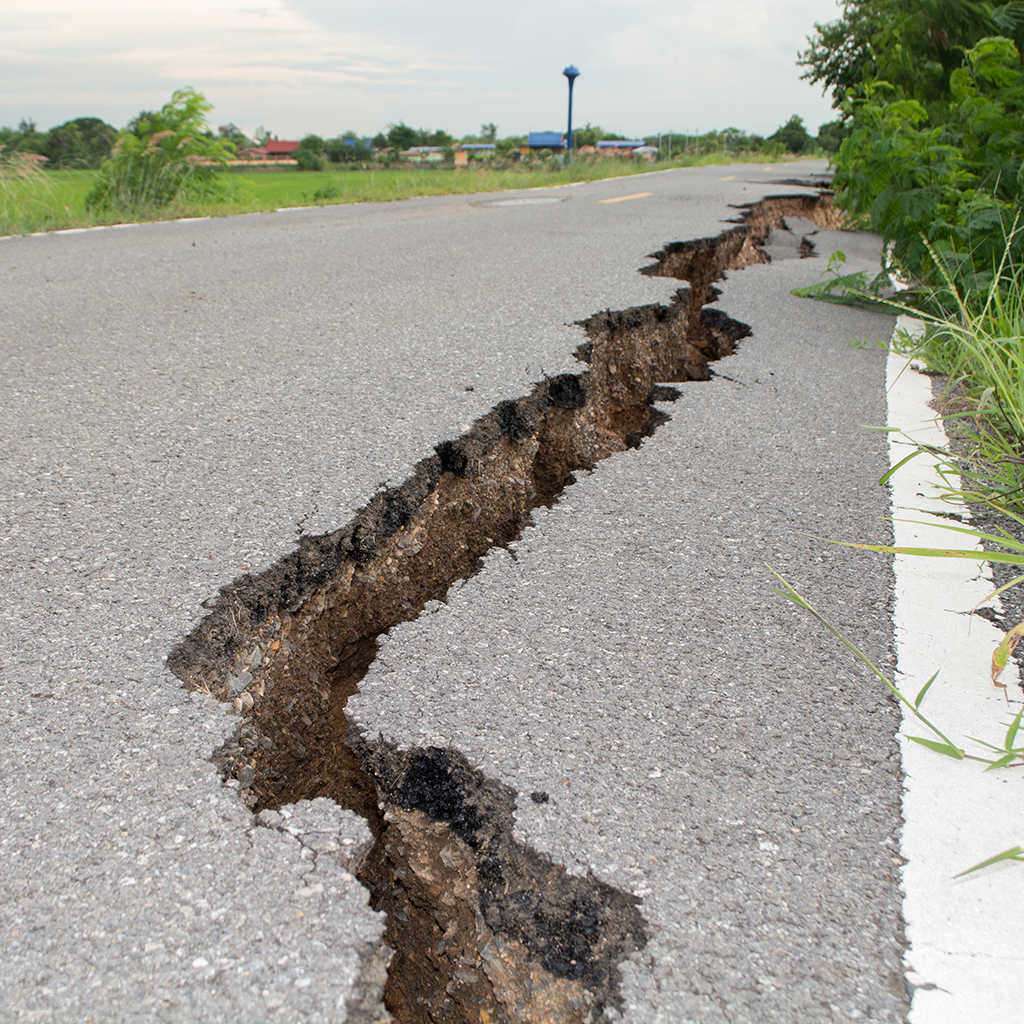When a tsunami warning is issued, every second counts. Whether you’re living in a coastal region or just visiting, knowing what to do can save your life and the lives of those around you. In this article, we’ll cover the causes of tsunamis, what to expect, and the immediate steps you should take to protect yourself.
What Causes a Tsunami?
A tsunami is a series of ocean waves caused by large underwater disturbances, such as:
- Earthquakes: The most common cause, particularly when they occur in subduction zones where tectonic plates collide.
- Volcanic Eruptions: Explosive eruptions or collapses can displace large volumes of water.
- Underwater Landslides: These can follow earthquakes or occur independently.
- Meteorite Impacts: Though rare, a meteorite striking the ocean could generate massive waves.
These events cause a rapid displacement of water, sending powerful waves racing across the ocean at speeds up to 500 mph. When these waves approach shallow coastal waters, they slow down but increase in height, creating the devastating surges associated with tsunamis.
What to Expect During a Tsunami Warning
A tsunami warning is issued when a tsunami with the potential to cause widespread damage is imminent or already occurring. Key signs include:
- Official Alerts: Notifications from agencies like the National Oceanic and Atmospheric Administration (NOAA) in the U.S. or local emergency services.
- Natural Warning Signs:
- Strong or prolonged ground shaking if you’re near the coast.
- A sudden and unusual receding of the ocean, exposing the seafloor.
- A loud roar from the ocean, akin to a jet engine or train.
- Wave Arrival: Tsunamis often arrive as a series of waves, with the first not always being the largest. There can be long intervals between waves, sometimes up to an hour or more.
Immediate Actions to Take
When a tsunami warning is issued or you observe natural warning signs, follow these steps immediately:
1. Evacuate to Higher Ground
- Move inland and to higher elevations. Aim for areas at least 100 feet above sea level or 2 miles inland.
- If no high ground is available, go to the highest floor of a sturdy building. Avoid buildings with unreinforced masonry.
2. Stay Informed
- Tune into emergency broadcasts or use reliable apps like FEMA or NOAA Weather Radio for updates.
- Avoid rumors and rely on information from trusted authorities like the Pacific Tsunami Warning Center (PTWC).
3. Do Not Wait
- If you feel an earthquake near the coast, evacuate immediately without waiting for an official warning.
- Similarly, if you notice the sea receding or hear a loud ocean roar, act swiftly.
4. Avoid Coastal Areas
- Stay away from beaches, harbors, and rivers. Strong currents and additional waves can persist for hours or even days.
5. Help Others If You Can
- Assist those with mobility challenges, children, or the elderly.
- Share warnings with others who may not be aware.
6. Pack and Prepare
- If time allows, grab a “go-bag” with essentials like water, non-perishable food, a flashlight, and first-aid supplies.
- Carry important documents, but prioritize speed over belongings.
7. Do Not Return Too Soon
- Wait for official “all-clear” notifications before heading back to low-lying areas. Secondary waves can be even more destructive.
Resources for Further Guidance
- National Oceanic and Atmospheric Administration (NOAA): www.noaa.gov
- Offers real-time alerts and preparedness resources.
- FEMA (Federal Emergency Management Agency): www.ready.gov/tsunamis
- Comprehensive guides on tsunami readiness.
- International Tsunami Information Center (ITIC): www.tsunamiwave.info
- Provides global resources and education.
- Local Emergency Services: Follow your community’s specific tsunami evacuation plans and shelters.
Final Thoughts
Tsunamis are among the most powerful and unpredictable natural disasters. However, with knowledge and quick action, you can significantly reduce your risk. Stay vigilant, heed warnings, and always prioritize safety over possessions. By preparing ahead of time and knowing what to do, you’re taking a crucial step toward protecting yourself and your loved ones.
Stay safe and prepared!









